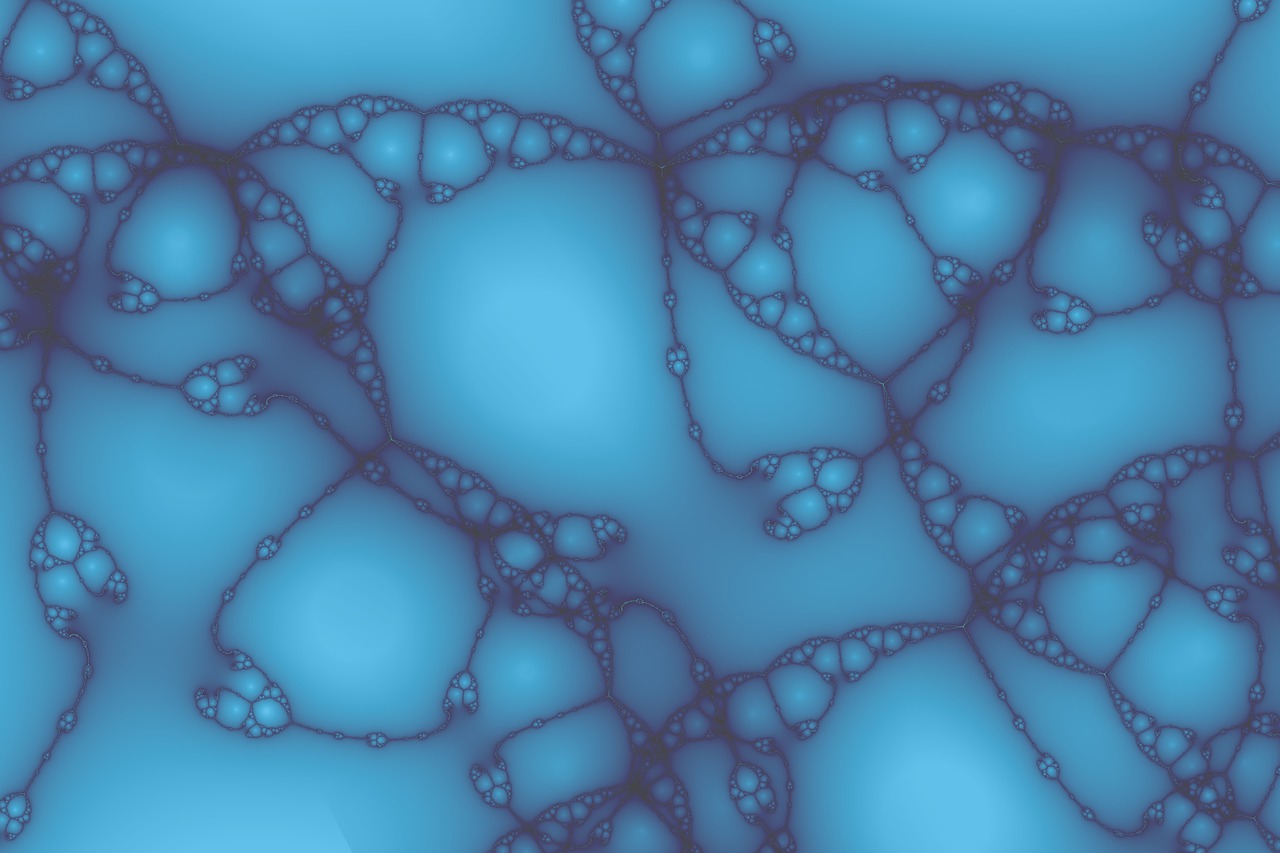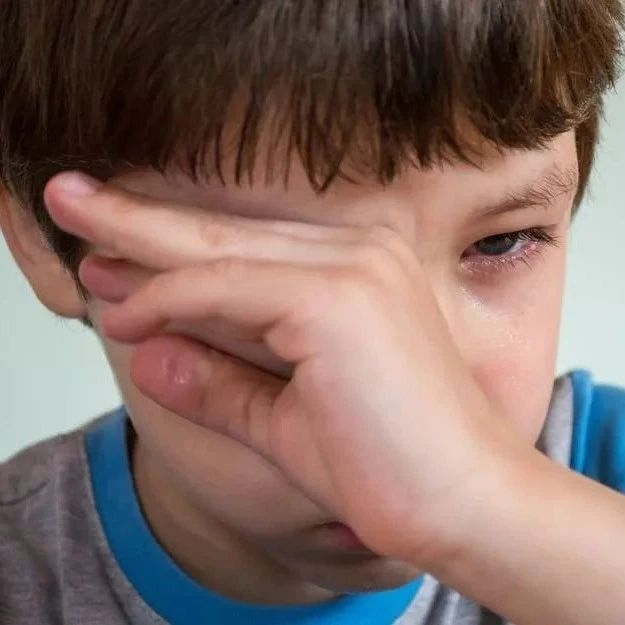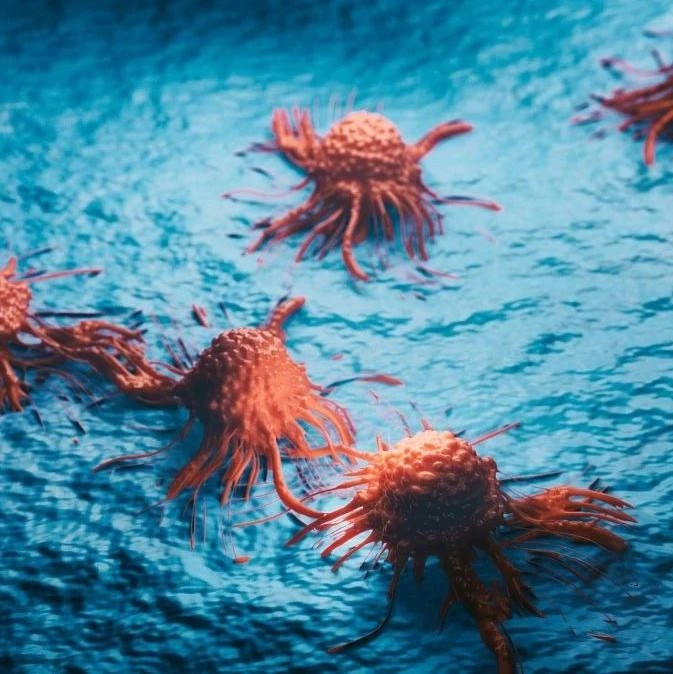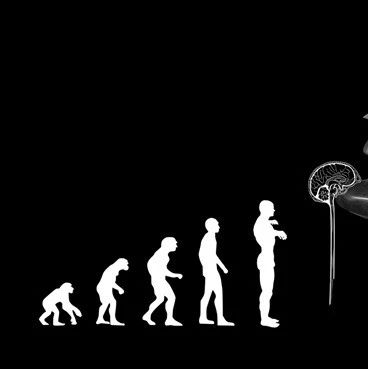由于适应特异性的环境,树蛙进化出“自清洁”的脚,可在医学产业中有实际应用。

蜡白树蛙具有攀附树枝的能力
格拉斯大学研究人员Niall Crawford在2011年7月3日举办的实验生物学年会(Society for Experimental Biology Annual Conference)上提到这一研究结论。他说,树蛙脚可提供关于“自清洁”粘性表面的设计方案,应用产品的范围非常广泛,尤其在污染环境的产品中具有很大的用处,如医用绷带、轮胎和持久的黏合剂。
树蛙的脚趾粘垫用于攀附在倾斜光滑的树枝上,但是,至今还不清楚它们怎么保持粘垫不粘污渍。
Crawford先生称:“有趣的是,树蛙攀附能力和脚趾粘垫的自清洁能力都是基于相同的生理因素。为保持脚的粘性,树蛙分泌一些粘液,在光滑表面上行走时,它们可以通过脚的粘性增加摩擦力。如今我们可以证明,在行走过程中,树蛙利用粘液去清理自己的脚。”
研究人员把怀氏树蛙放在旋转的平台上,并调整角度使其丢失攀附力。脚趾有灰尘的树蛙起初丢失攀附力,但如果走上几步,攀附力就可恢复,相比之下,静止不动的树蛙,攀附力恢复的比较慢。这表明,仅走几步就能清洁树蛙的脚,并恢复它的攀附能力。
怀氏树蛙具有细小的六角形脚掌,一部分脚垫通过与树枝表面的接触增加了摩擦力,而粘液通过脚趾缝隙浸润整个脚垫。这些粘液立刻提供树蛙的攀附能力,并且在树蛙行走时,带走污渍。如果这能复制到人类设计中去,可重复利用、高效的粘合剂即可诞生。(生物探索译 Pobee)
生物探索推荐英文原文
Tree Frogs' Self-Cleaning Feet Could Solve a Sticky Problem
Tree frogs have specially adapted self-cleaning feet which could have practical applications for the medical industry.
"Tree frog feet may provide a design for self-cleaning sticky surfaces, which could be useful for a wide range of products especially in contaminating environments -- medical bandages, tyre performance, and even long lasting adhesives," says researcher, Niall Crawford at the University of Glasgow who will be presenting this work at the Society for Experimental Biology Annual Conference in Glasgow on 3rd of July, 2011.
Tree frogs have sticky pads on their toes that they use to cling on in difficult situations, but until now it was unclear how they prevent these pads from picking up dirt.
"Interestingly the same factors that allow tree frogs to cling on also provide a self cleaning service. To make their feet sticky tree frogs secrete mucus, they can then increase their adhesion by moving their feet against the surface to create friction. We have now shown that the mucus combined with this movement allows the frogs to clean their feet as they walk," says Mr. Crawford.
The researchers placed the White's tree frogs on a rotatable platform and measured the angles at which the frog lost its grip. When the experiment was repeated with frogs whose feet were contaminated with dust they initially lost grip but if they took a few steps their adhesive forces were recovered. "When the frogs did not move the adhesive forces recovered much more slowly," says Mr. Crawford. "This shows that just taking a step enables frogs to clean their feet and restore their adhesion ability."
White's tree frogs have tiny hexagonal patterns on their feet, which allow some parts of the pad to remain in contact with the surface and create friction, whilst the channels between allow the mucus to spread throughout the pad. This mucus at once allows the frog to stick and then, when they move, also carries away any dirt. If this can be translated into a human-made design it could provide a re-useable, effective adhesive.







